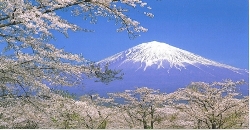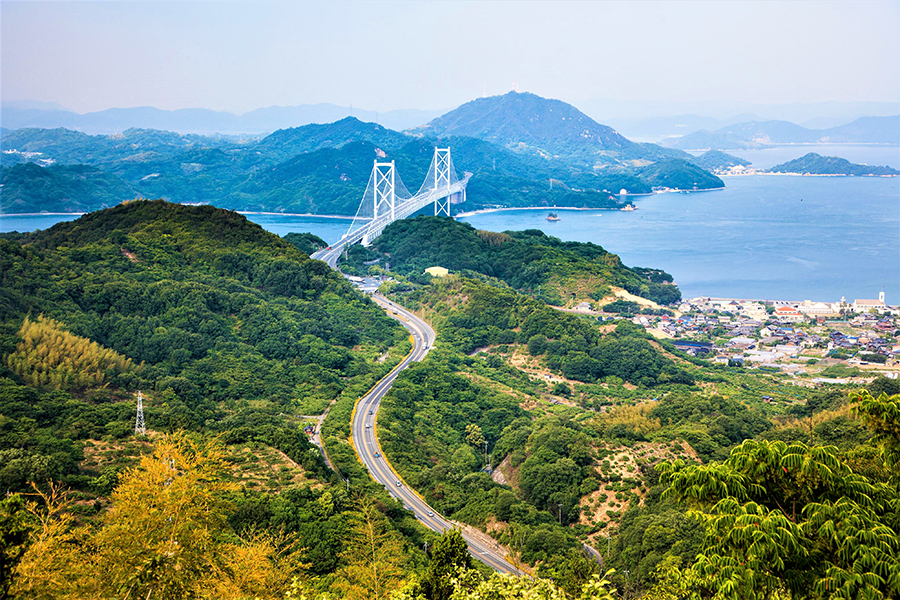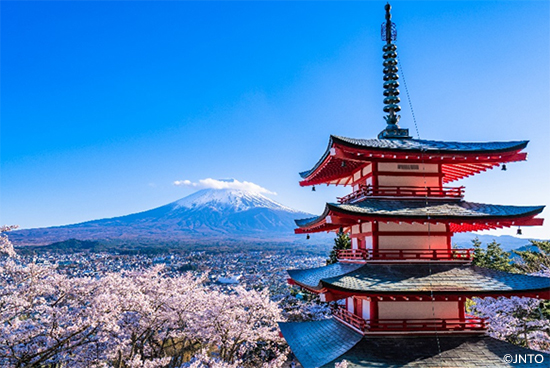The only word that keeps coming to mind when I think of our trip to Japan is magical – in so many ways. The attention to detail provided by the tour guides and their company, the cleanliness and orderliness of the Japanese day-to-day existence, the respect that is shown to everyone – regardless of their "status", their strict adherence to time and schedules, the pride in who they are as a people! This means that they respect themselves enough to dress properly and act appropriately regardless of their station. There are so many lessons to learn from these very extraordinary people!! If anyone is interested in taking a breathtaking trip, literally because most days we walked several miles, I can't recommend Samurai Tours highly enough. And if you want a truly Japanese experience definitely stay in the ryokans (traditional Japanese inns where you sleep on futons on tatami mats and have shared baths).
| Hidanosato | |
|
|
| The Hida-No-Sato open air museum (Hida Folk Village) located on the western edge of Takayama.There are 20 buildings that were built in the 1700's and have been moved to this outdoor museum. | |
| Kamakura | Miyajima, Otorii | |
|
|
|
| Small Buddha at Hase Temple in Kamakura - seen through the bowl of incense | The floating torri, O-Torii located at Miyajima Island | |
| Golden | |
|
|
| Kinkaku-ji also known as the Golden Pavilion in Kyoto | |
|
Maiko - Maiko is an apprentice geisha and the white make up at the nape of the neck. In traditional Japanese culture, the nape was one of the few areas of the body (other than face and hands) left uncovered by women's attire. The nape of a woman's neck held a strong attraction for many men. |
| Wedding | Great Buddha | Tea |
|
|
|
| Couple dressed in traditional wedding kimono posed in front of O-Torii | World's largest bronze statue of Buddha housed in Todai-ji in Nara |
| Fushimi Inari | |
|
|
| Fushimi Inari Taisha is a Shinto shrine that was established in the 8th century and is dedicated to Inari, the Goddress of Rice. The shrine sits at the base of a mountain also named Inari, and has over 10,000 vermillion-colored Torii gates donated by Japanese businesses. | |
































































